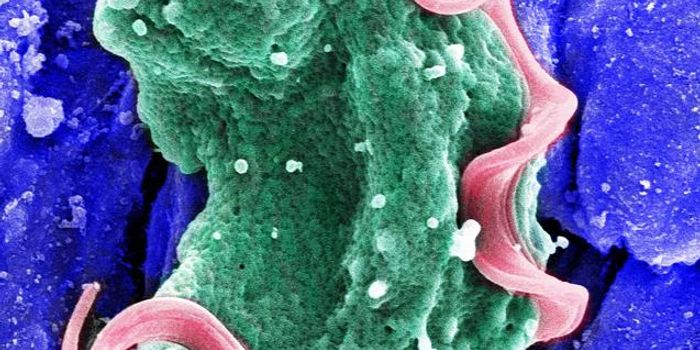The human immunodeficiency virus continues to be a threat to a large population of people today. No effective cure exists for HIV. Even with preventative treatment and medical care after infection, the transfer and persistence of the virus can endure. Latent HIV infection remains elusive to the immune system allowing for it to thrive undetected in the body.
In a recently shared study in the journal Proceedings of the National Academy of Sciences, performed by researchers at the University of Illinois at Chicago, data suggest that a genetic switch that causes latent HIV infected cells to begin to replicate can be manipulated to eradicate the virus from the body completely. Over time, HIV can destroy so many of these cells that the body can’t fight off infections and disease. These specialized cells help the immune system fight off infections. Untreated, HIV reduces the number of CD4 cells (T cells) in the body.
The researchers share that, “the reservoir of HIV latently infected cells is the major obstacle for complete eradication of HIV infection. Latency and its transactivation in HIV-infected cells are controlled by the intracellular HIV Tat gene circuit.”
"We need to understand better the mechanisms that regulate HIV latency, so we can identify new opportunities for intervention and develop better drugs that can either lock viral particles in a latent state, or kill latent cells, or both," shared Liang, Professor of Bioengineering.
The scientists display that a genetic switch can be utilized as a cure for HIV infection. When HIV infects the genome of a cell, the Tat gene circuit controls the transcription of the viral DNA. As the Tat gene activates HIV, the cell becomes overburden with the virus and explodes, effectively permitting the infection of neighboring cells. The Tat gene is switched off during latent HIV infection.
"By targeting the Tat gene circuit with drugs or small molecules to activate it, we would be able to cause latently-infected cells to start producing more virus, and then they can be destroyed by the immune system," said Jie Liang, the Richard and Loan Hill Professor of Bioengineering in the University of Illinois at Chicago College of Engineering and a lead author of the paper. To date the drugs that aim for the tat gene to make these purposed changes.
The team finds that the Tat gene’s activation and inactivation is a spontaneous event and that its reactivation is rare. By making use of algorithms and models, their team was able to accurately map the probability of different reactions that cause Tat activation. The results of their studies provide new ways of targeting latent cells that may lead to the eradication of the HIV.
"Our results suggest that by controlling HIV latency through manipulation of the Tat gene circuit, effective therapeutic strategies can be identified that would one day provide a cure for HIV," Liang said.
Sources: PNAS, Science Daily, CDC, YouTube









